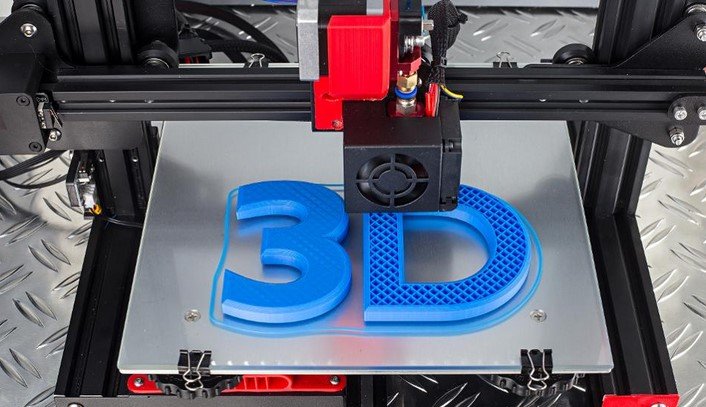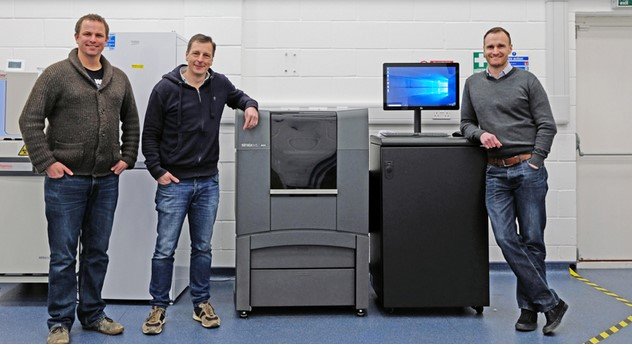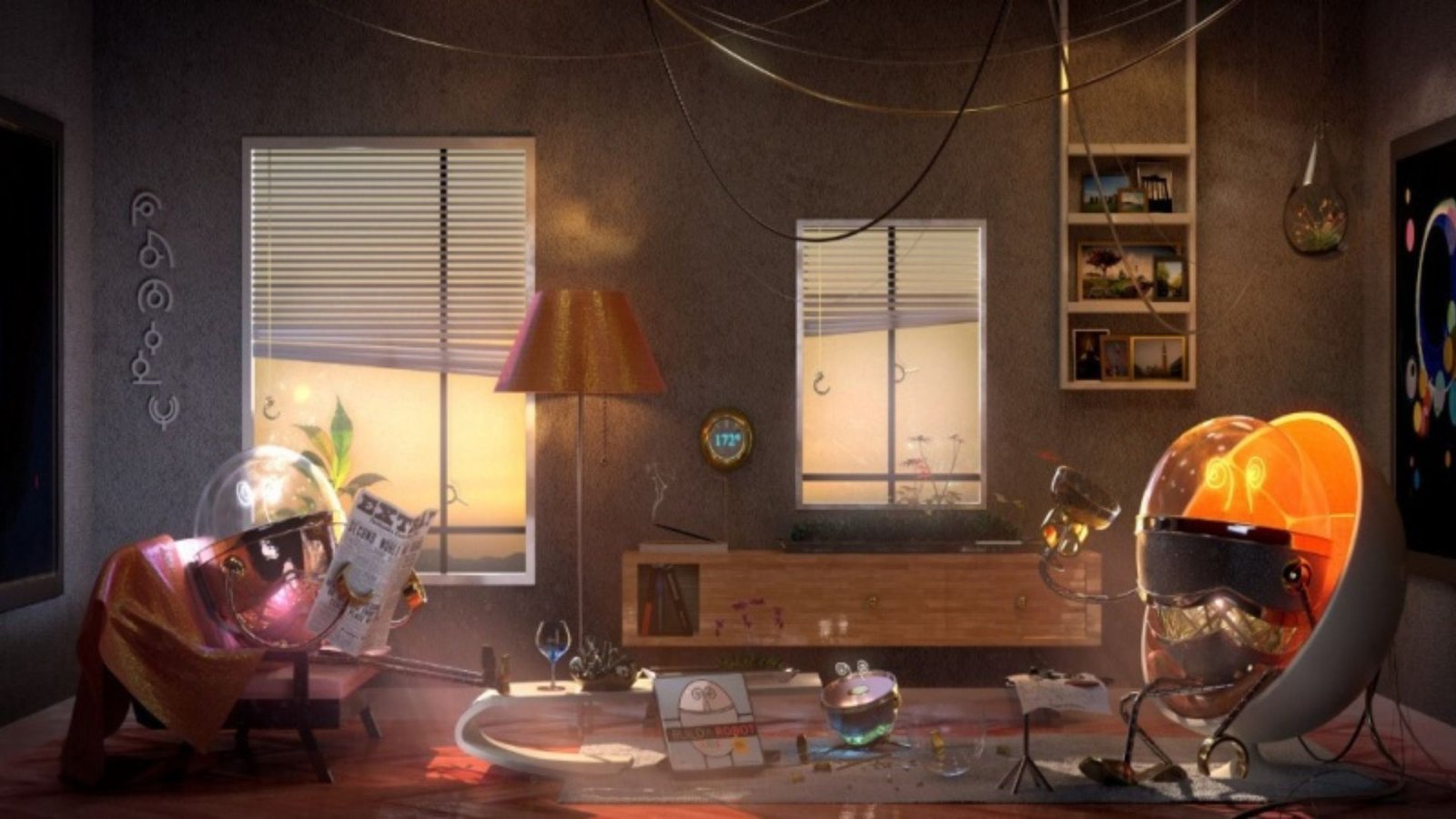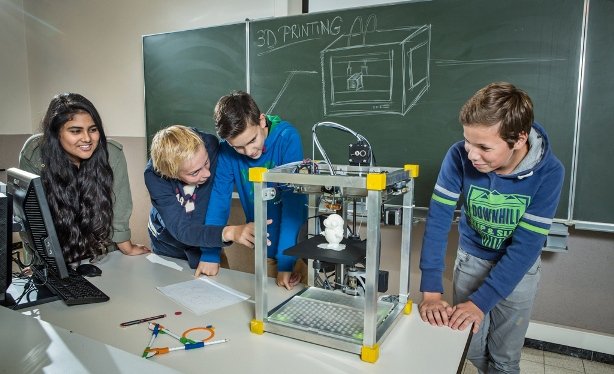3D technology has become a game-changer in the entertainment industry. From movies to video games, it has revolutionized how we experience visual content. The ability to create lifelike visuals and immersive environments has transformed the way artists, filmmakers, and game developers bring their ideas to life. In this post, we will explore how 3D technology is used in entertainment and its significant impact on the industry.
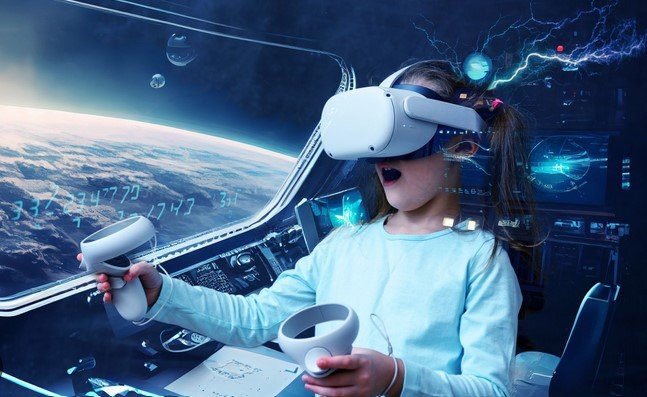
1. 3D in Movie Production
One of the most prominent uses of 3D technology is in movie production. Filmmakers have harnessed 3D to enhance visual storytelling, creating immersive and captivating experiences. The rise of 3D movies, such as Avatar and The Hobbit, showcases how 3D technology can bring fantastical worlds to life, adding depth and realism to the screen.
In 3D filmmaking, cameras capture scenes with two lenses, mimicking how the human eye perceives depth. This allows filmmakers to create 3D visuals that seem to jump out of the screen. The technology enhances action sequences, special effects, and animations, making them feel more lifelike. As a result, viewers enjoy a more immersive experience that traditional 2D films cannot provide.
Additionally, 3D technology allows filmmakers to create digital characters and environments. Animated movies like Frozen and Toy Story rely on 3D modeling and rendering to produce characters and worlds that feel realistic. The level of detail in these 3D animations continues to improve, providing audiences with stunning visuals.
2. Virtual Reality (VR) and Augmented Reality (AR) in Entertainment
Virtual Reality (VR) and Augmented Reality (AR) have gained significant traction in the entertainment industry, and both technologies rely heavily on 3D technology. VR immerses users in fully interactive, 3D virtual environments, while AR overlays 3D elements onto the real world.
In VR gaming, players wear headsets that transport them into 3D worlds where they can interact with characters, objects, and environments. Popular VR games like Beat Saber and Half-Life: Alyx use 3D technology to create highly interactive experiences that blur the line between the virtual and real world. VR allows for deep immersion, where players feel as if they are physically inside the game.
Similarly, AR experiences, like Pokemon GO and interactive museum exhibits, blend 3D objects with real-world surroundings. By using smartphones or AR glasses, users can view 3D holograms in their environment, making entertainment experiences more interactive and engaging.
3. 3D in Video Games
The video game industry has also benefited from 3D technology, which has allowed for more realistic environments, characters, and gameplay. 3D graphics have evolved from simple, pixelated images to highly detailed, lifelike visuals that create immersive gaming experiences.
Game developers use 3D modeling and rendering to create characters, landscapes, and objects that players can interact with in a virtual space. Games like The Witcher 3 and Red Dead Redemption 2 feature open-world environments that feel vast and realistic, thanks to advanced 3D graphics. Lighting, textures, and movement in these games are all enhanced by 3D technology, making the experience feel lifelike.
3D also plays a significant role in game mechanics. For example, in many 3D games, players can explore the environment from different angles and perspectives, increasing the level of interactivity. As gaming technology continues to improve, 3D will remain a critical component in pushing the boundaries of video game realism.
4. 3D Animation and CGI in Movies
3D animation and Computer-Generated Imagery (CGI) have revolutionized the way movies are made. Also, instead of relying solely on traditional hand-drawn animation or practical effects, filmmakers now use 3D animation to create characters, environments, and scenes that would be difficult or impossible to achieve in real life.
Movies like The Lion King (2019) and The Incredibles use 3D animation to create stunning visuals and lifelike characters. Furthermore, these films showcase how 3D technology has advanced, allowing animators to produce fluid movement, detailed textures, and realistic lighting. CGI has become essential in creating action scenes, fantastical creatures, and special effects, adding a sense of realism to even the most otherworldly settings.
3D technology also enables filmmakers to resurrect characters or create digital doubles of actors, which has led to a new era in visual effects. These advancements have made it possible for filmmakers to push creative boundaries and bring extraordinary ideas to life on the big screen.
Conclusion
In conclusion, 3D technology has profoundly impacted the entertainment industry, revolutionizing how we experience movies, video games, and interactive media. From creating lifelike visual effects in films to enhancing immersion in gaming and VR, 3D technology has paved the way for new, innovative forms of entertainment. As advancements continue, 3D technology will undoubtedly play an even greater role in shaping the future of entertainment, offering more immersive, realistic, and interactive experiences.

